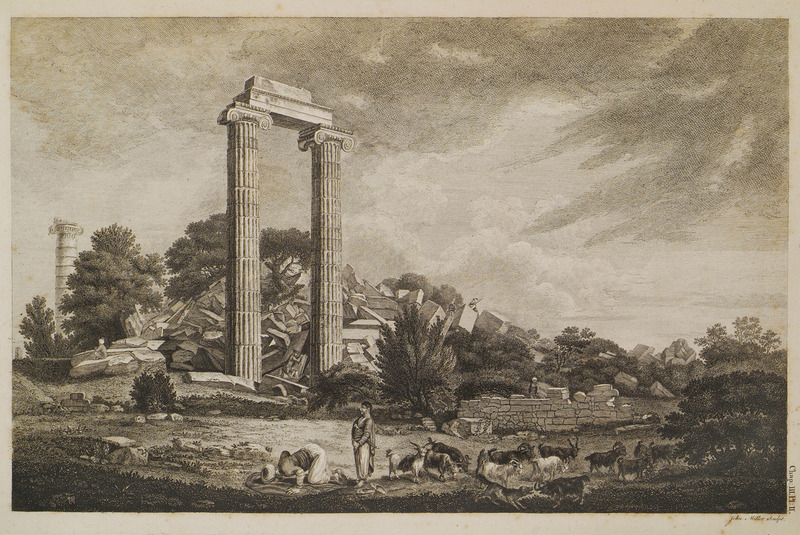Following on from my previous article writes Glenn Maffia, I believe it may be necessary to qualify some of the evidence which I referred to.
Most notably, the abject attitude of some local people towards this incredibly rich vein of historical artefacts, which are seemingly endless in their scope, the innumerable disparate peoples and cultures, belief systems which were active over so many millennia and the sheer diversity.
These ‘footprints’ can never be eliminated, ignored, or given clear meaning, as of yet, as we continue discover yet more and more with each passing year.
Another Taş Tepe (Stone Hill) has recently been revealed in the far east of Türkiye, the 13th such pre-historic mound of a civilisation that we know little about and continues to keep the ‘experts’ arguing vehemently.
These Tepes have tentatively been dated to 12,500 years in age (7,000 years before Stonehenge for British readers), stretching back into the Neolithic Age. Evidence has also suggested that there was activity, possibly trading, or not, with peoples from Siberia who brought very finely crafted lithics (stone implements) which the ‘Anatolian’ peoples utilised to produce finer products than they had had previously.
Awareness of one’s own surroundings
But enough of the oldest civilisation as yet found as I know nothing of any certainty in this area, and my point is to focus upon the attitude of the local people whom are unaware of the enormous wealth of history and pre-history and its unique value to this wondrous ‘museum’ of a country.
Türkiye itself works incredibly hard to curtail the theft of precious artefacts which feed into the worldwide antiques market. These objects d’art predominantly find themselves nestling in the dark vaults of an incredibly rich institution or individual’s private collection.
It is an extremely profitable criminal activity which is obviously very well organised and invariably infiltrates into certain areas of authority, as these moneymaking ventures are prone to do so, especially during global financial meltdowns.
We have probably all read of the latest spates of artefact smuggling in our newspapers over the past year to realise that this illegal activity appears to be growing, sometimes blatantly, to desperate extremes. I shall not quote individual instances as many of these cases may continue to be sub judice.
Naturally, we all recognise the adage, “money is the root of all evil”, possibly the Mesopotamians 5,000 years back, supposedly the instigators of such a trading system, never quite foresaw that corruptibility.
Though such is the motivation to procure this materialistic blight one’s perspective of life, and what is truly important, diminishes with a rapidity which impoverishes an individual intellectually. If, indeed, they possess an intellect in the first place.
If a country, or an area, has a vibrant history it not only has vitality but a magnetism that shall draw an interest from throughout the globe. Abuse it, steal it, despoil it, then these indidivuals denude an area and are left holding some pittance of ‘gold’, which they shall invariably squander, while their fellow neighbours are further impoverished as the charm and fascination of their area has been eradicated. No more persons (tourists) shall seek their shores.
If one person plucks a flower from a vast garden what does it matter? It is a vast garden. But if everyone plucks a flower then where is the garden?
Aggressive or passive?
Here within Türkiye, we have a specially trained and professional unit of police enforcers to safeguard our precious antiquities. They have been successful on many levels at many times, and long may that continue. The persistent and heinous attrition being conducted constantly appears so widespread within this country, invariably, this is due to many not comprehending that the wealth which they steal actually belongs to them and their fellow citizens. They are stealing from themselves.
The root cause of this abject pillaging, of course, is the avarice of the rich collectors around the world who wish to acquire the prestige of possessing these rare and impeccable artefacts.
Naturally, they are careful to place themselves beyond approach. There have been successful reclamations from around the world by the Turkish authorities, but these are few and far between. We require a better awareness and a better education to stop this constant defilement of this unique land.
One may correctly inquire, “Where is all this profusion of unique artefacts?” and I agree, as there have been numerous occasions where I have visited particular museums where the public displays seem awkwardly sparse. The truth is quite enlightening.
As in most museums throughout the world, the displays available for viewing to the general public amount to no more than usually 10% of their complete collection. Many museums have areas where there is a ‘rolling’ exhibition, changing only when demands occasion or whether a visiting exhibition (very common) has a related theme.
I do so wish that we could publicly display all the artefacts in all the museums in the world, but that would amount to such a vast economic outlay to the detriment of other essential governmental expenses. Such is the cruel realities of life.
